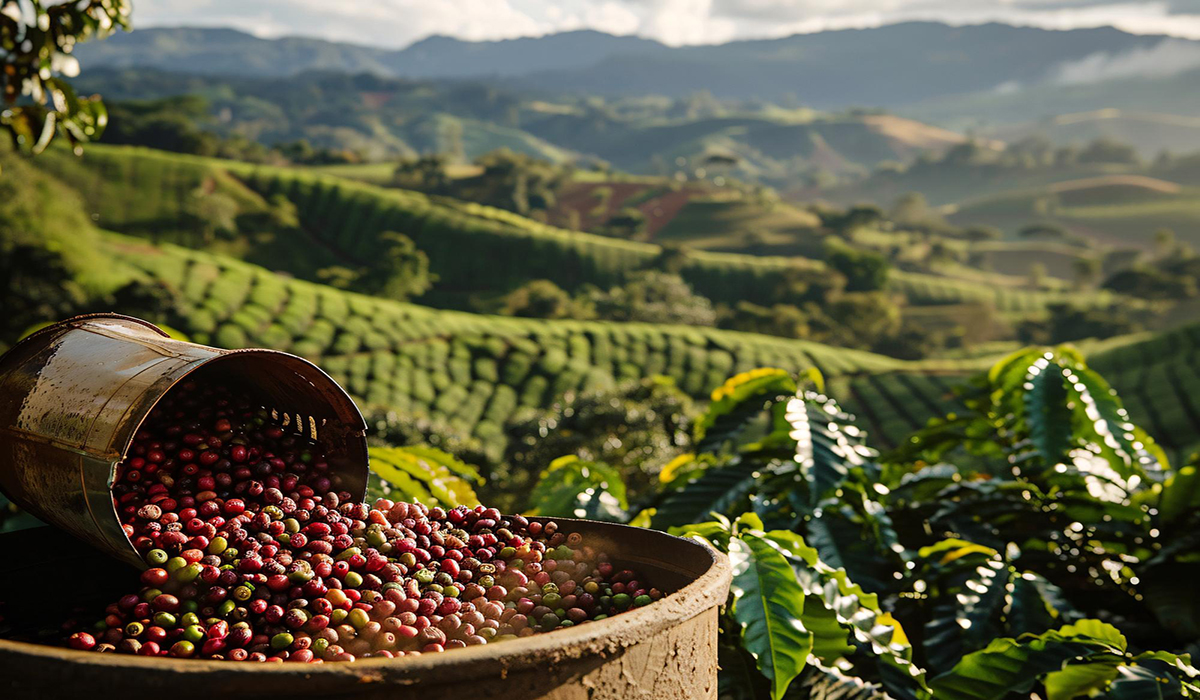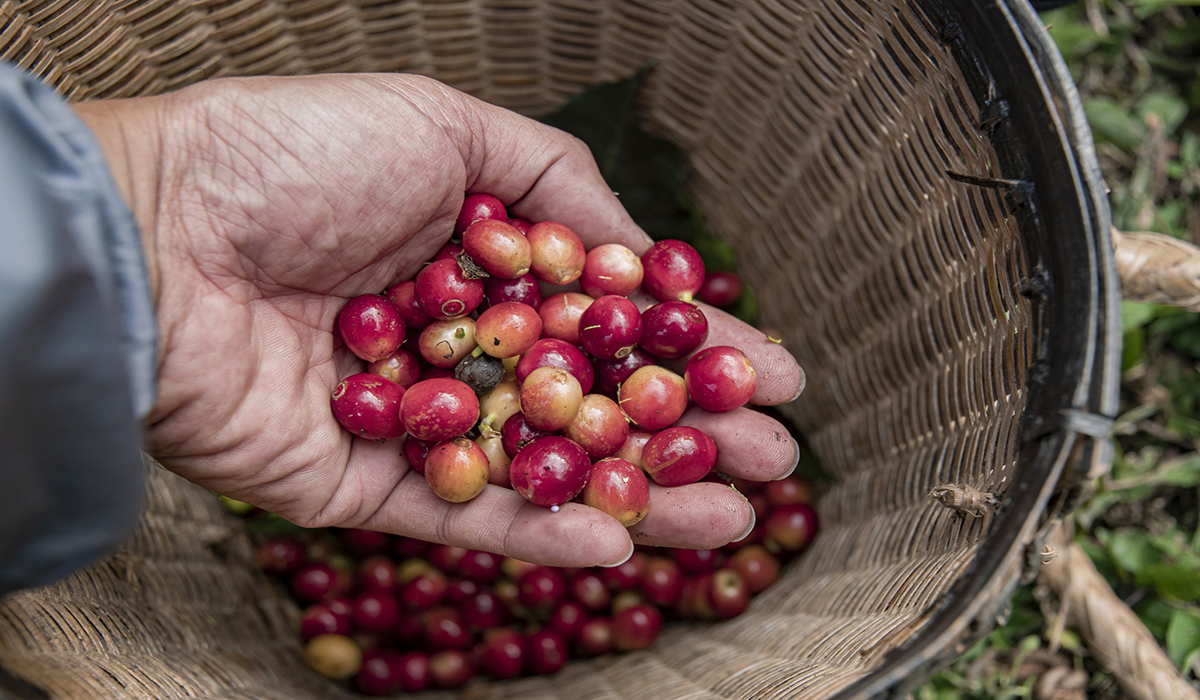What Are the Reasons for the Lack of Coffee Cultivation in Iran?

Coffee, a popular and widely consumed global beverage, is cultivated in many countries around the world. But despite Iran’s diverse climate, why don’t we see coffee cultivation in our own country?
There are several reasons why coffee is not grown in Iran, which we will explore in detail below.
Reasons for the Lack of Coffee Cultivation in Iran
Interestingly, despite the absence of coffee cultivation in Iran, this beverage has many fans in the country. With the growing interest of Iranians in coffee, the question remains: why isn’t coffee grown in Iran?
The answer lies in a combination of climatic, economic, and technical factors. Coffee, the aromatic and flavorful global drink, is cultivated in many tropical and subtropical countries. But the fundamental question is:
Is it possible to grow coffee in Iran? Companies such as Parto Padideh play an important role in meeting domestic demand and promoting coffee consumption in Iran by importing high-quality coffee beans from around the world. However, cultivating this valuable crop in Iranian soil still faces serious challenges.
Strict Climatic Requirements for Coffee Cultivation
One of the main reasons for the lack of coffee cultivation in Iran is the unsuitable climate for growing the plant. Coffee requires very specific conditions for optimal growth:
- Tropical climate
- Temperature between 16 to 30°C
- Elevation of 600 to 2400 meters above sea level
- High humidity
- Regular rainfall and mild sunlight
Most areas in Iran, with their arid and semi-arid climate, hot summers, and cold winters, do not provide ideal conditions for growing coffee.
Hassan Afshari, director of Parto Padideh Company, says:
“Cold is the enemy of coffee. Cultivating coffee in Iran’s open fields is practically impossible due to the winter cold, and the only option is growing it in greenhouses.”
However, greenhouse cultivation of coffee, considering the high setup and maintenance costs, faces its own challenges and is not economically viable on a commercial scale.
Limited Water Resources: A Serious Obstacle to Coffee Cultivation in Iran
Another major challenge for coffee cultivation in Iran is the severe limitation of water resources. Coffee requires a large amount of water, with each tree consuming about 140 liters during its growth cycle. In recent years, Iran has been grappling with water scarcity and drought, making it practically impossible to supply sufficient water for commercial coffee cultivation.
In a country facing severe water stress, where even drinking water and agricultural needs are difficult to meet, allocating precious water resources to coffee farming is not justifiable. Experts believe that under current conditions, preserving existing water sources and optimizing their use for the production of strategic and essential crops should take priority. Unfortunately, due to these water limitations, coffee farming in Iran does not seem to be a viable option.
Lack of Coffee Cultivation History and Its Cultural Position in Iran
Unlike some coffee-producing nations, Iran does not have a long history of cultivating or consuming coffee. Coffee has never held the same cultural and traditional status as tea in Iranian society.
Hassan Afshari explains:
“In historical and medical texts of Iran, such as those by Avicenna, coffee is only mentioned as a calming medicinal substance—not as a common or popular beverage.”
The lack of a historical background in coffee cultivation and its marginal position in Iranian culture is another reason why this crop has not been developed in the country. Farmers and agricultural investors show little motivation to enter this field, as they do not perceive a stable market or long-term demand for it. Additionally, the lack of sufficient knowledge and experience in commercial coffee cultivation poses another challenge to establishing coffee farms in Iran.
Importing Coffee: A Preferable Alternative to Domestic Cultivation
Given the many challenges surrounding coffee farming in Iran, importing coffee remains the preferred option for meeting domestic demand. Companies such as Parto Padideh play a key role in expanding coffee culture and meeting the growing needs of Iranian consumers by importing high-quality green coffee beans from various countries.
Considering Iran’s climatic limitations, scarce water resources, and lack of necessary infrastructure for large-scale cultivation, many experts believe that importing coffee is a more logical and cost-effective solution than attempting to grow it domestically. Importing quality coffee beans allows Iranian consumers to enjoy this popular beverage without placing further strain on the country’s limited natural and water resources.
Conclusion
In summary, a combination of factors—including unsuitable climate, limited water resources, lack of cultural and historical background, and the more practical option of importing—has made most regions in Iran unfit for coffee cultivation. Given the need to preserve valuable water supplies and focus on growing strategic crops, commercial coffee farming in Iran does not appear to be a viable option at this time.
However, with the increasing demand for coffee in the country, limited greenhouse-based cultivation efforts may emerge in the future. Until then, importing coffee will continue to play a crucial role in meeting Iran’s market needs, and the absence of domestic cultivation, considering all the challenges, remains a natural and expected outcome.


